
Building Big Data Pipelines with Apache Beam. Use a single programming model for both batch and stream data processing Jan Lukavský
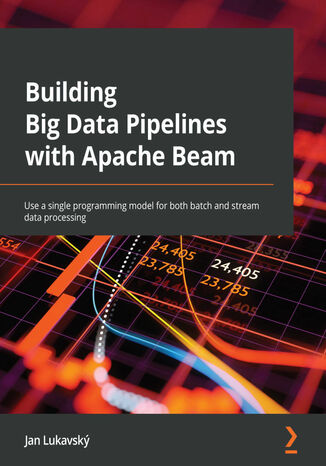



- Autor:
- Jan Lukavský
- Wydawnictwo:
- Packt Publishing
- Ocena:
- Stron:
- 342
- Dostępne formaty:
-
PDFePub
Opis
książki
:
Building Big Data Pipelines with Apache Beam. Use a single programming model for both batch and stream data processing
This book will help you to confidently build data processing pipelines with Apache Beam. You’ll start with an overview of Apache Beam and understand how to use it to implement basic pipelines. You’ll also learn how to test and run the pipelines efficiently. As you progress, you’ll explore how to structure your code for reusability and also use various Domain Specific Languages (DSLs). Later chapters will show you how to use schemas and query your data using (streaming) SQL. Finally, you’ll understand advanced Apache Beam concepts, such as implementing your own I/O connectors.
By the end of this book, you’ll have gained a deep understanding of the Apache Beam model and be able to apply it to solve problems.
Wybrane bestsellery
Packt Publishing - inne książki
Dzięki opcji "Druk na żądanie" do sprzedaży wracają tytuły Grupy Helion, które cieszyły sie dużym zainteresowaniem, a których nakład został wyprzedany.
Dla naszych Czytelników wydrukowaliśmy dodatkową pulę egzemplarzy w technice druku cyfrowego.
Co powinieneś wiedzieć o usłudze "Druk na żądanie":
- usługa obejmuje tylko widoczną poniżej listę tytułów, którą na bieżąco aktualizujemy;
- cena książki może być wyższa od początkowej ceny detalicznej, co jest spowodowane kosztami druku cyfrowego (wyższymi niż koszty tradycyjnego druku offsetowego). Obowiązująca cena jest zawsze podawana na stronie WWW książki;
- zawartość książki wraz z dodatkami (płyta CD, DVD) odpowiada jej pierwotnemu wydaniu i jest w pełni komplementarna;
- usługa nie obejmuje książek w kolorze.
Masz pytanie o konkretny tytuł? Napisz do nas: sklep@helion.pl
Książka drukowana





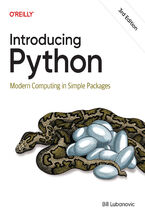


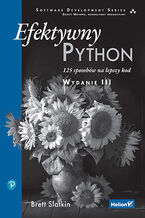
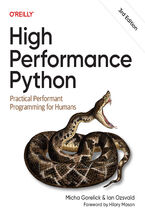
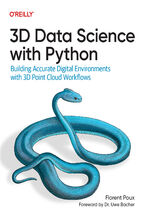

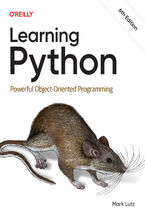






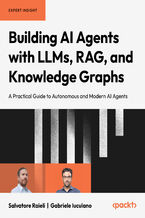
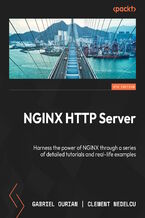
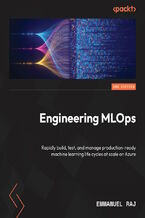

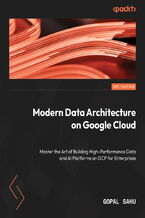
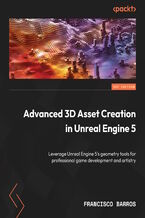
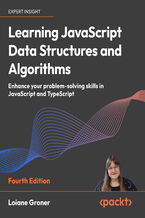
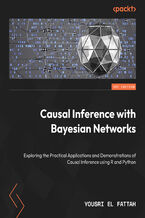
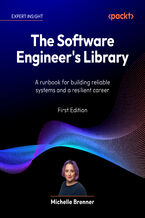
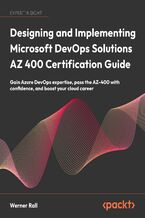



Oceny i opinie klientów: Building Big Data Pipelines with Apache Beam. Use a single programming model for both batch and stream data processing Jan Lukavský
(0)